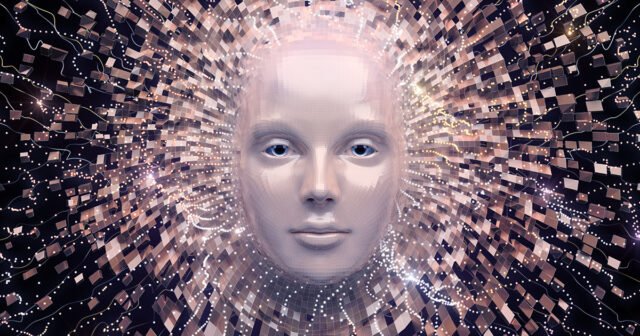
A recent study by the Massachusetts Institute of Technology (MIT) in collaboration with IBM has revealed some insightful findings regarding the cost-effectiveness of AI compared to human labor in the current job market.
Key Highlights:
- MIT’s study suggests that the majority of jobs cannot be cost-effectively replaced by AI at present.
- Only 23% of worker wages being paid for vision tasks would be economically viable to automate.
- High costs of training and implementation are major hurdles in AI adoption.
- The transition from human employees to AI workers will be gradual, not immediate.
The study, titled “Beyond AI Exposure: Which Tasks are Cost-Effective to Automate with Computer Vision?”, conducted by MIT and IBM, delves into the economic feasibility of replacing human labor with AI in various sectors. The research highlights that, at present, only a small fraction of tasks can be economically automated using AI technology.
Economic Feasibility of AI Adoption
One of the significant findings of the study is the high cost associated with training and implementing AI systems. For many applications, the general nature of AI systems like ChatGPT makes them less suitable, requiring either the development of a new AI system or reliance on a vendor, both of which incur substantial costs. The study indicates that, based on current costs, automating tasks that involve vision is only economically attractive for about 23% of the wages currently paid for these tasks.
The Future of Automation
While the study suggests that a rapid takeover of jobs by AI is unlikely, it does not rule out the possibility of a gradual transition towards more AI-driven automation. The pace of advancement in AI technology makes it challenging to predict the future landscape of job automation accurately. However, the study emphasizes the need for good policy and business decisions based on understanding the rate of AI task automation.
Summary
The MIT study sheds light on the current economic landscape of AI versus human labor. It highlights that, for now, humans remain more cost-effective than AI in the majority of jobs. However, the future could see a shift as AI technology continues to advance and become more economically viable. The study serves as a crucial input for both policymakers and businesses in planning for a future where AI plays a more significant role in the workforce.










